Aquaponics it might be a new term many of us are hearing now a days, aquaponics is a combination of two words aquaculture (raising aquatic animals) and hydroponics (growing plants in water). Thus aquaponics is a method in which there is a close and long term biological relationship between the aquatic animals and plants, were they both benefit from each other.
In aquaculture the fish wastes get accumulated in water and increase the toxicity of the water thus causing harm to the fishes. In hydroponics the plants require a continuous supply of nutrients which in many case are not organic. So to solve this, aquaponics came into play, the water from the aquaculture is fed into the hydroponic system. Here the plants feed on the fish waste as nutrients and thus purify the water and reduce the toxicity. This toxic free water is then pumped back into the aquaculture.
The fish plays an important role in the aquaponic system. The fish excretion is used as the nutrient for the plant growth. We need to consider certain factors while selecting fish for the aquaponic system not all fishes are suitable for aquaponics. The main rules or factors that need to be taken into consideration are:
Temperature – While selecting a fish first and foremost it should be able to survive in the temperature of your area. Fishes are mainly cold blooded animals, that means they don’t regulate their body temperature instead they depend on the external environment they are in to regulate their body temperature. So climate temperature is essential while for fish selection.
Warm water fishes thrive in temperature >65oF and < 85oF. Common warm water fishes are Tilapia, catfish, Bass etc. Tilapia will die if the temperature falls below 50oF. If your climate is more to the colder side then these fishes are not an ideal choice for aquaponics.
Cold water fishes thrive in temperature range of 50oF to 60oF. Common cold water fish is the various trout species. The best one to use in aquaponics is rainbow trout
Easy availability – next important matter to keep in mind while selecting fish is the ease of availability of the fish in your location. For example Barramundi is not easily available in US but it’s readily available in Australia.
So the ease of acquiring a fingerlings also matters while selecting fish for aquaponics. Now Tilapia is the most commonly used fish for aquaponics as they are readily available in most part of the world. China is the largest producers of Tilapia.
What fishes are legal in your area? – This is another important factor to consider while starting aquaponics, not all fishes are legal to be purchased and grown in certain locations. So we have to first check and make sure that the fish that you intend to use in aquaponics is legal in your location.
Even though Tilapia is considered the common fish for aquaponics they are considered as pest by many countries due to the high propagation rate and also this over growth can lead to cause of diseases which has resulted in ban of this species in many countries.
Here is a list of few fishes that are mainly used in aquaponic systems. A general comparison is given based on their temperature requirement, availability and legality
List of the best fish for aquaponics
Tilapia
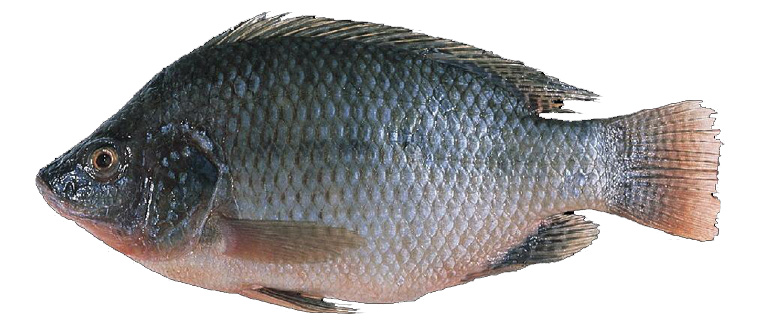
Temperature – warm water fish, tolerable temperature 65oF to 85oF. The aquaponic systems are usually kept at 73 degree Fahrenheit to accommodate the plants.
Availability – They are hardy fish, survival rate is high. They can withstand pH changes, ammonia level change and eat any feed given. The Nile and Mozambique Tilapia are the most favoured varieties, as their growth rate and breeding rate are high.
Legality – legal in most part of the world. They are considered as invasive species in US, Australia and South Africa. It is considered illegal in some part of the world, so before buying check with your state fishery department.
Trout

Temperature – these are cold water fish, ideal temperature required for them is 58oF – 68oF. They survive in cold weather. The most desirable species of Trout for aquaponics is Rainbow Trout. They are also popular aquaponic species to be grown in garages and basements. Trout can’t handle dirty water unlike Tilapia.
Availability – due to their cold water habitat they are not readily available in the warmer climate regions. They are found in the natural habitats of North America, Northern Asia and Europe.
Legality – Even though they are not suitable to be raised in many parts of the world, there is a ban on trout farming in many countries. For example in New Zealand Trout farming is banned as they fear that this would put the recreational trout fishery at risk.
Perch
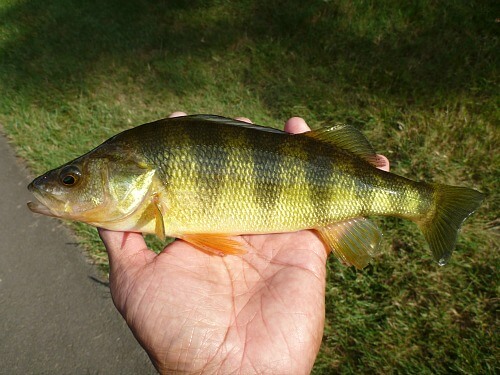
Temperature – ideal temperature for perch is 70 to 82 degree Fahrenheit. They thrive in warm waters, but they can with stand water temperature up to 50 degree Fahrenheit.
Availability – they are edible, hardy and adaptable aquaponic fishes. Popular varieties of perch are silver, yellow and jade. They have a wide distribution throughout the world. Jade perch is readily available in Australia but difficult to find in U.S. Yellow perch is most commonly used in aquaponics as they require only moderate temperature and can withstand wide pH range.
Legality – Perch farming is legal in most part of the World and Perch fishing is a recreational sport for many countries.
Catfish
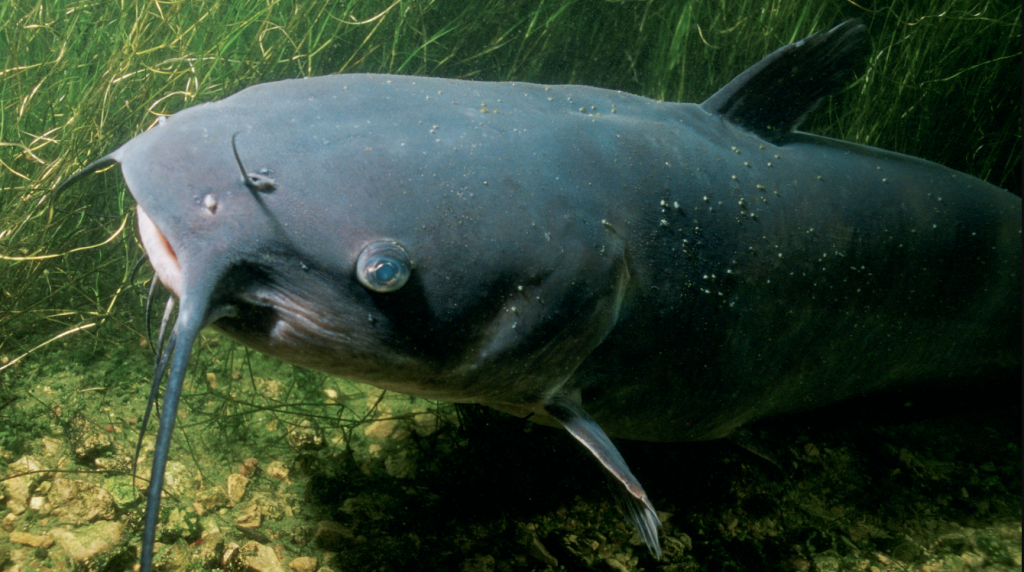
Temperature – ideal temperature for catfish is 78 to 86 degree Fahrenheit. They thrive in warm waters and they are sensitive to sudden water temperature changes.
Availability – they are bottom-feeding aquaponic fishes. They require pristine water and pH also should be ideal. They are fresh water fishes and live inland or in coastal waters of all continents except Antarctica.
Legality – Catfish farming is legal in most part of the World. In 2017 India has put a ban in African catfish as it was posing a threat to the native aquatic species.
Barramundi
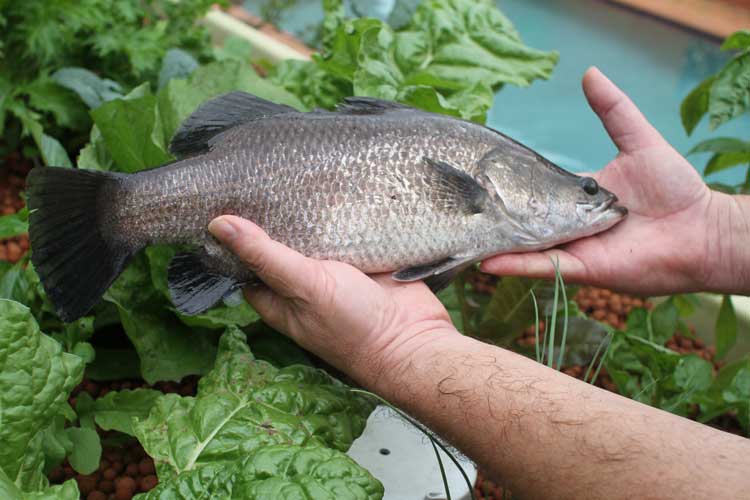
Temperature – ideal temperature is 78 to 83 degree Fahrenheit. They thrive in warm waters and are fast growers.
Availability – they are edible aquaponic fishes. Popular in Australia, but is raised in Singapore, Saudi Arabia, India, Indonesia etc. They can be kept in both freshwater and salt water. The large fishes will eat the small fishes so breeding of fingerlings are difficult. They need good quality water and lots of dissolved oxygen.
Legality – Barramundi farming is legal in most part of the World. Their meat is highly priced and rich in omega 3 fatty acid.
Bass
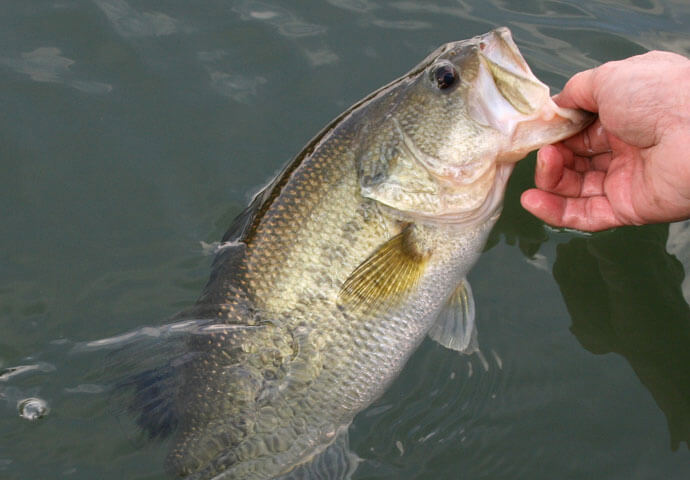
Temperature – ideal temperature for Bass is 75 to 85 degree Fahrenheit. They thrive in warm waters, but they are not hardy and adaptable as the other species. They can tolerate low water temperatures.
Availability – Top aquaponic bass varieties are largemouth, smallmouth and striped bass. They are readily available as they are considered as sport fish in many places. Hybrid striped bass are well suited for aquaponics as they are resilient to temperature changes.
Legality – they are legal in many part of the world, but are being considered as invasive species in many places like Canada, Northern America
Crustaceans – prawn, lobster, oyster, mussels
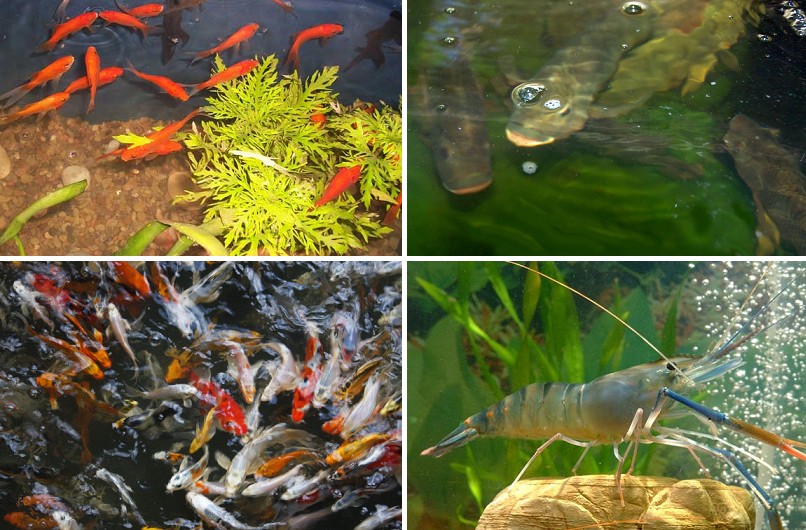
Temperature – ideal temperature for prawns are 82 to 88oF, lobster 71- 76oF, oyster 75 – 79oF. They can be grown alongside other fisher or in separately. For temperate climate Redclaw is a fast growing variety of crayfish and for cooler climate Yabbies and Marron are best suited.
Availability – Crustaceans are readily available in all part of the world. They can be grown hassle free as they are mostly bottom feeders or filter feeders. They help to keep the aquaponic system clean
Legality – crustacean farming is legal in most part of the World and they are a delicacy in many countries.
Koi
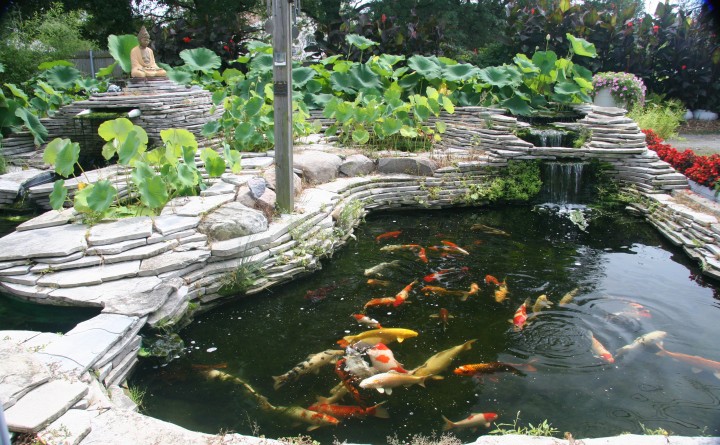
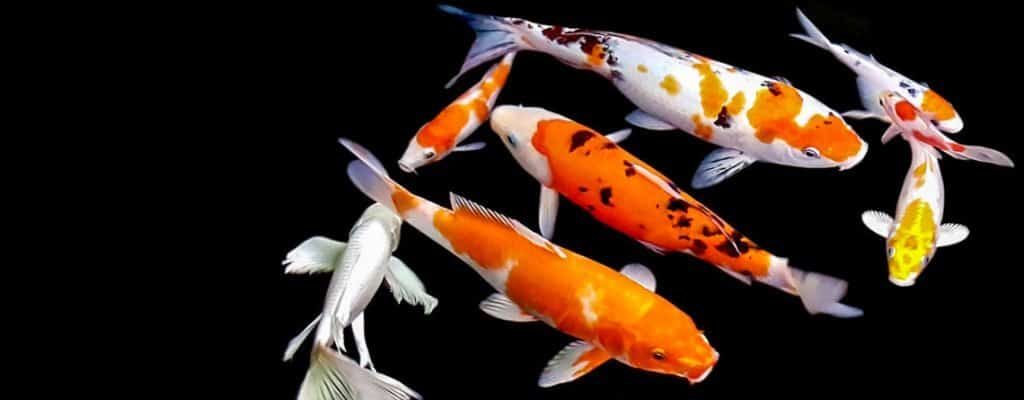
Availability –They have gained popularity as ornamental fish in many part of the world. They are readily available but are a bit on the expensive side. Thy have high resilience to parasites and diseases.
Legality – Koi farming is legal in most part of the World and mainly they are farmed for ornamental purpose. They have long lifespan of about 60 years.
Temperature – ideal temperature for Koi is 65 to 75 degree Fahrenheit. These are the most popular ornamental fish.
Goldfish
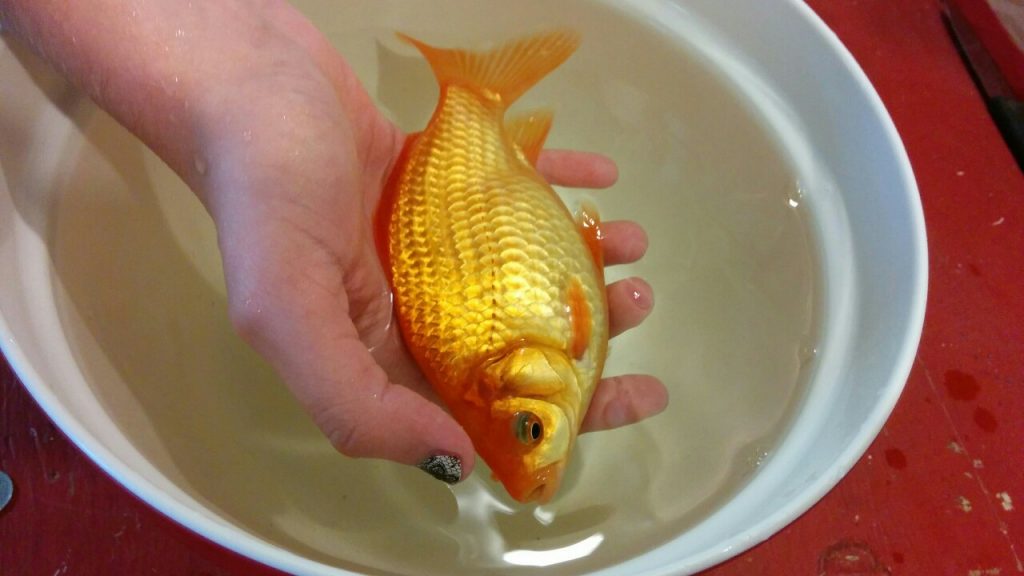
Temperature – ideal temperature for goldfish is 68 to 75 degree Fahrenheit. They are hardy and adaptable to various water conditions. Rapid temperature changes can be fatal for them
Legality – goldfish farming is legal in all part of the World and mainly they are farmed for ornamental purpose. They have long lifespan of about 15 years. They produce lot of beneficial nutrient for aquaponic system.
Availability – They have gained much popularity as ornamental fish in all part of the world. They are small in size and provide lot of nutrients. Due to small size they are susceptible to parasites.
Carp

Temperature – ideal temperature for carp is 80 to 82 degree Fahrenheit. They thrive in warm waters. They are oily freshwater fish. They are popular in aquaculture.
Availability – They are largely available in all parts of the world. However their demand have reduced in Western Europe due to the increased farming of species like trout, salmon etc.
Legality – They are also legal in many part of the world. They have good reproductive capabilities and can survive in most environments.
Conclusion
Thus for aquaponics selection of fish is crucial and this selection has to be made based on the factors mentioned earlier. Similarly some other factors that also need to be taken into consideration are pH level of the water, oxygen availability and purity of the water etc. Another issue to be noted is that aquaponic fishes don’t light bright lights.
Growing plants in this system is efficient and is a great way to promote organic farming. In aquaponics we are creating a symbiotic environment where both the plants and fish are benefiting from each other. There is zero wastage of energy and we are creating a sustainable environment.

Pingback: Ideation Phase: Towards building an inexpensive community-based bamboo aquaponics nutrition pack. – SEED INNOVATIONS